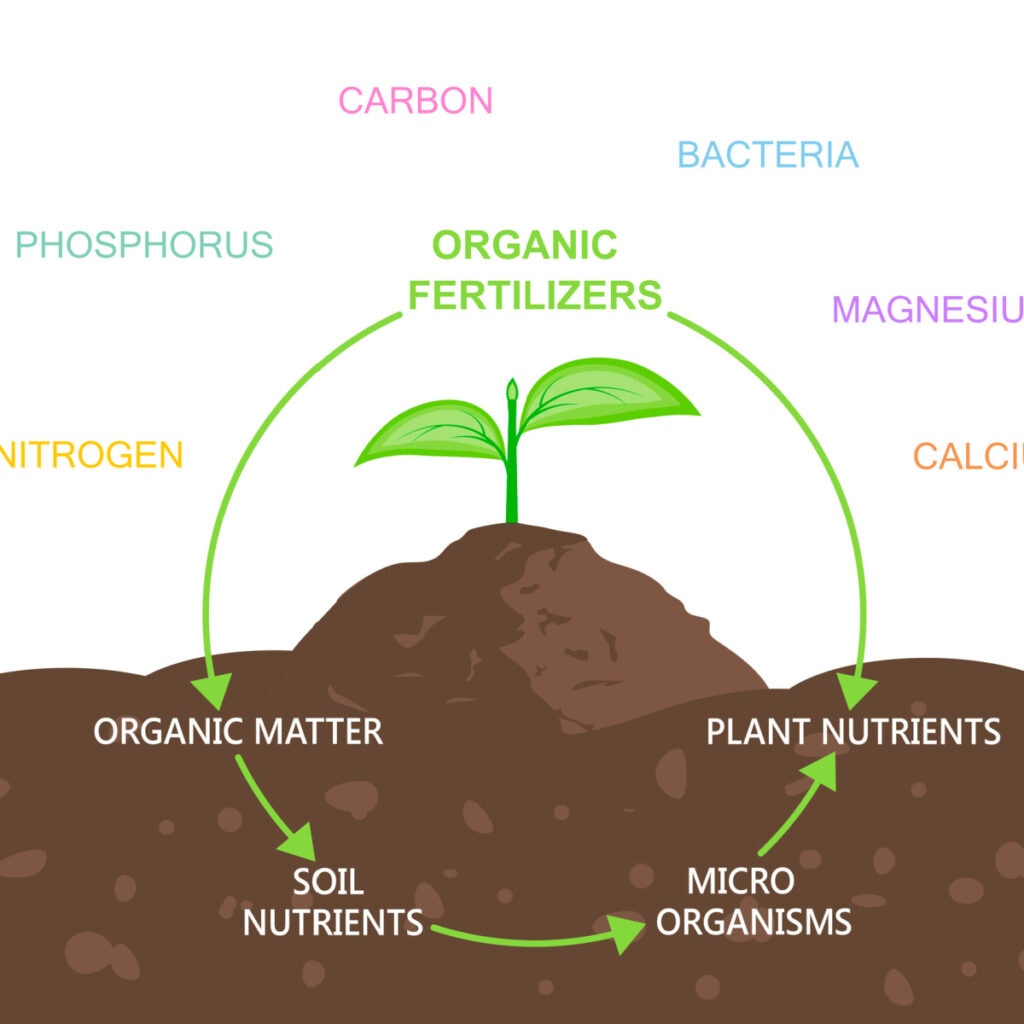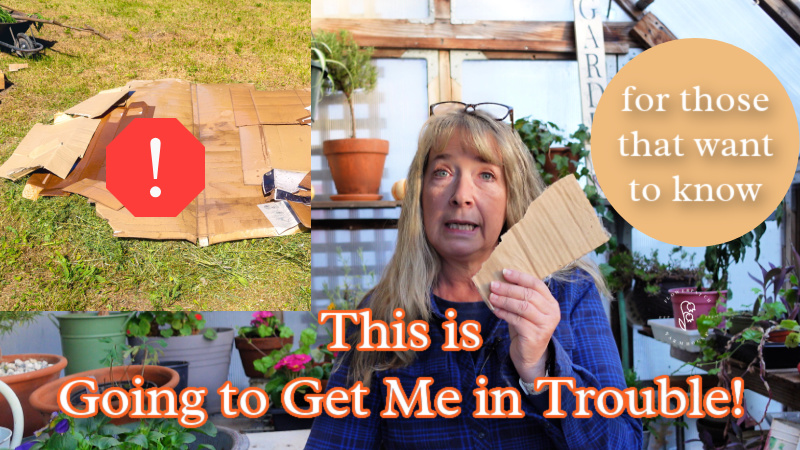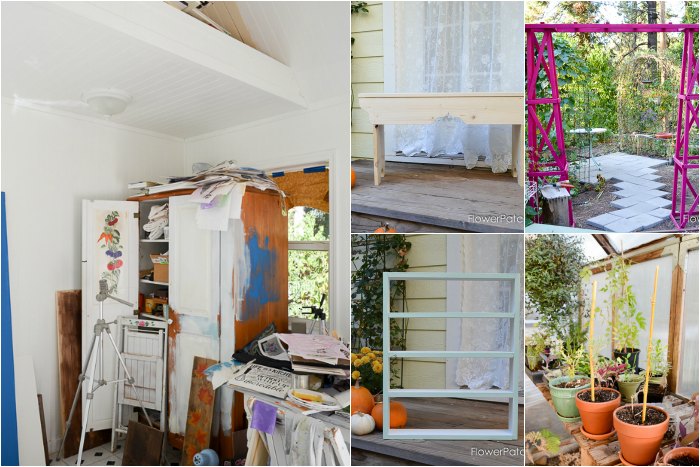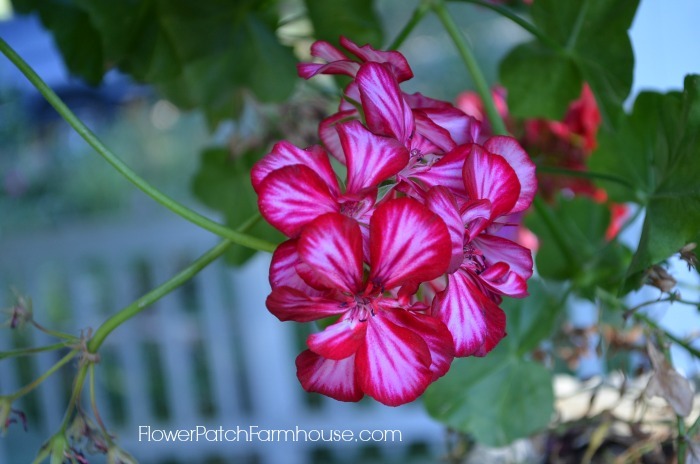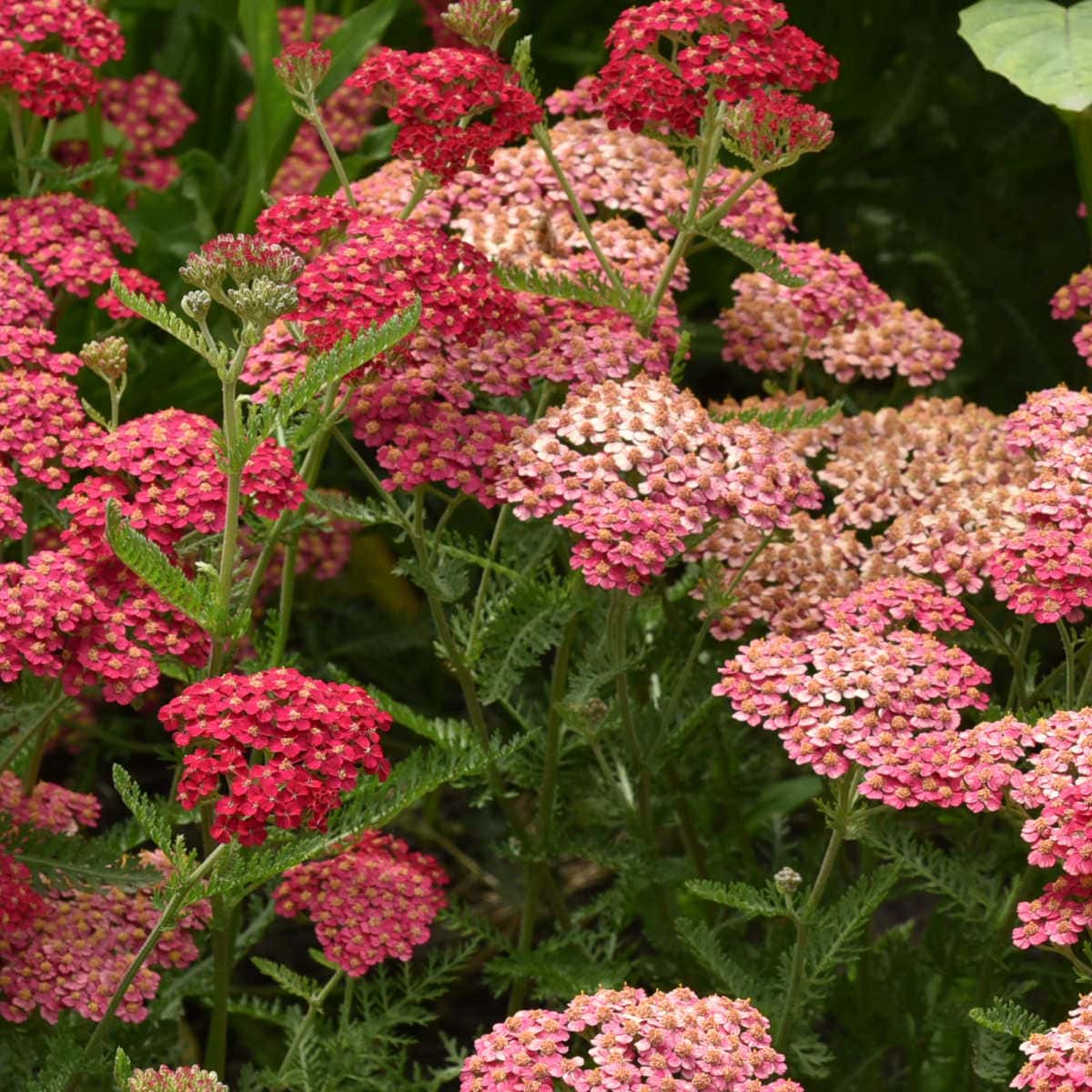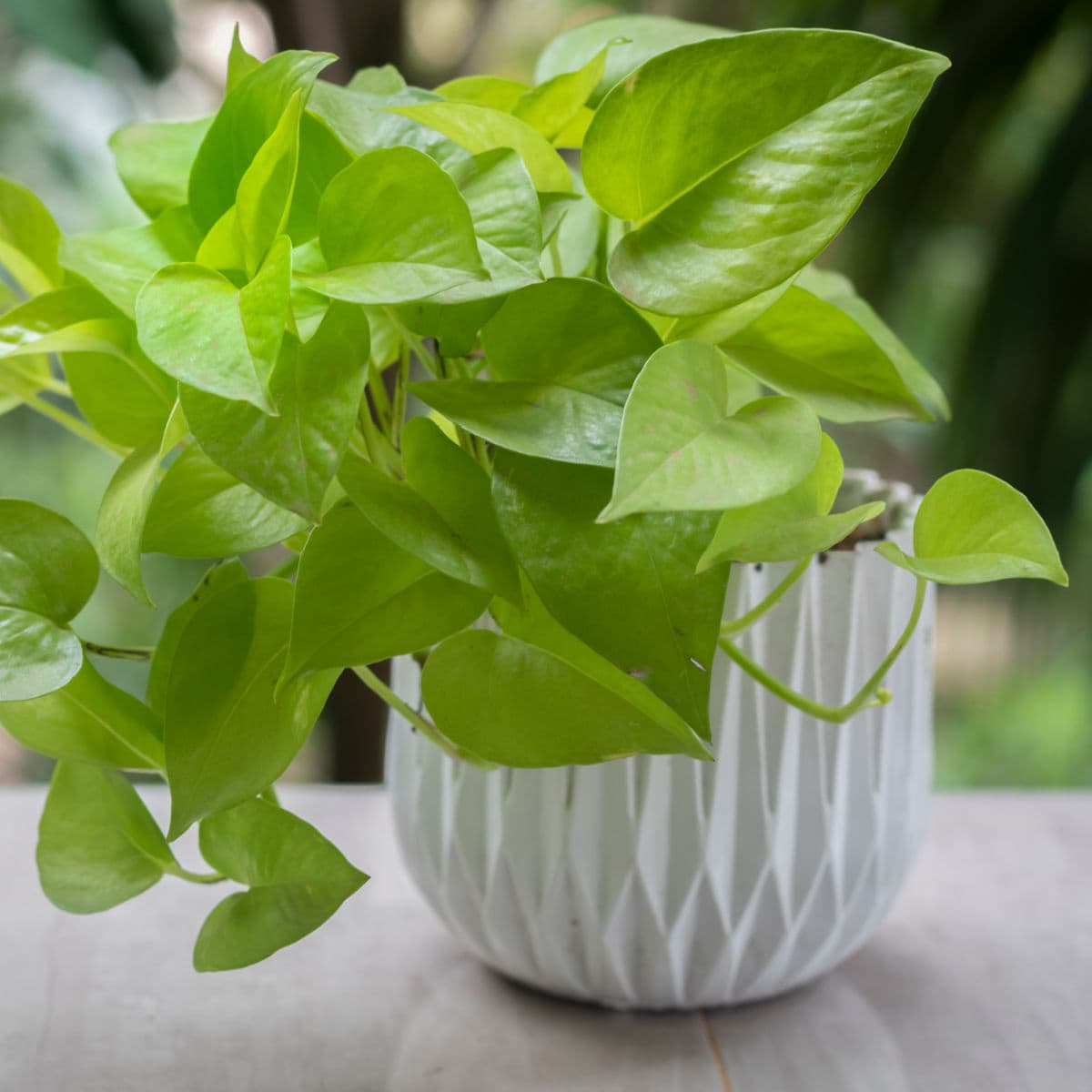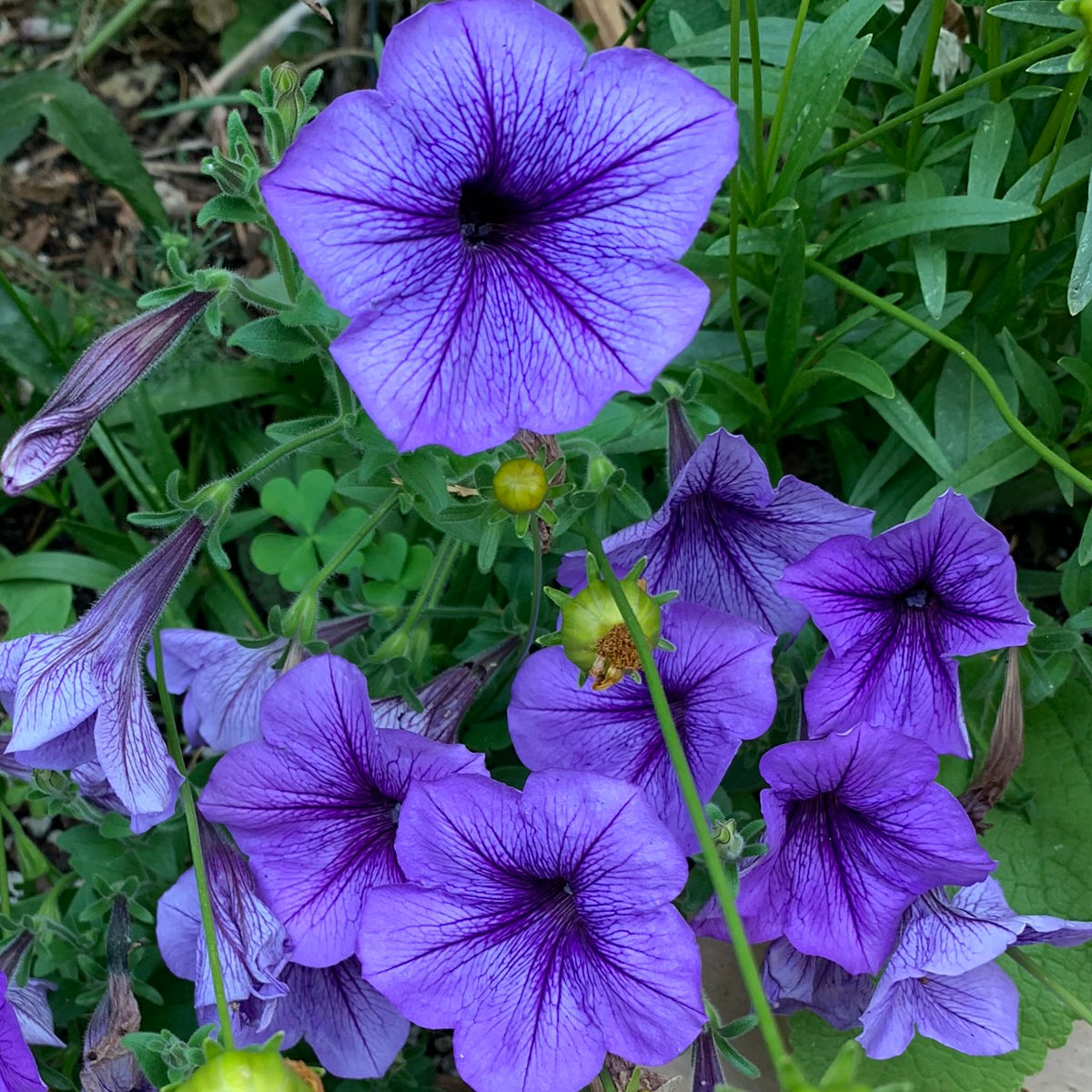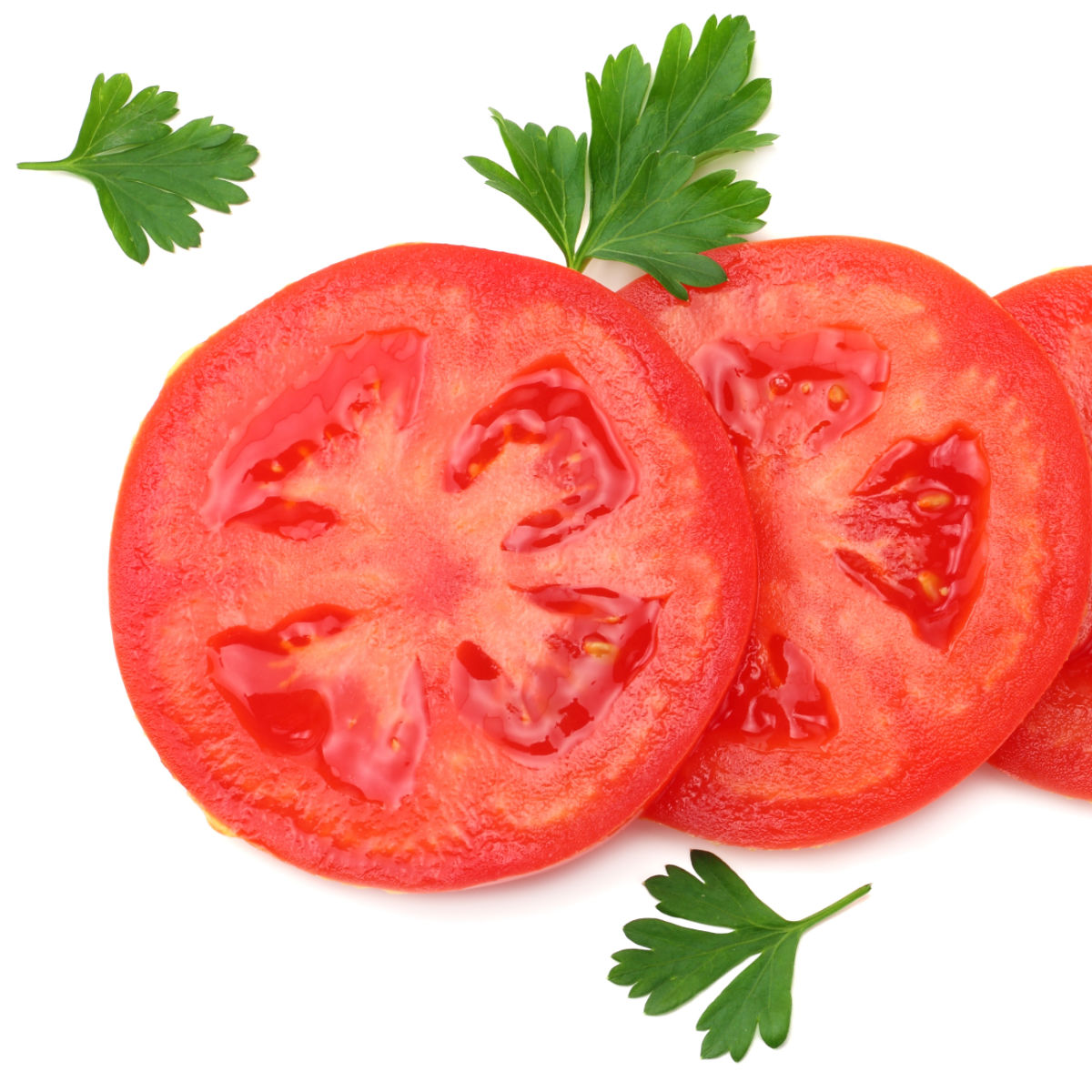Cardboard in Your Garden Might Not Be the Green Solution You Think!
Gardening fans often seek innovative and cost-effective methods to enhance soil health, suppress weeds, and conserve moisture. One method that has gained popularity in recent years is using cardboard in your garden as mulch.
Today we will talk about these subjects:
- Slow Decomposition
- Affect on Soil Structure
- Potential for Contamination
- Weed Suppression Effectiveness
- Reducing Oxygen in Soil
- Affect on Earthworms
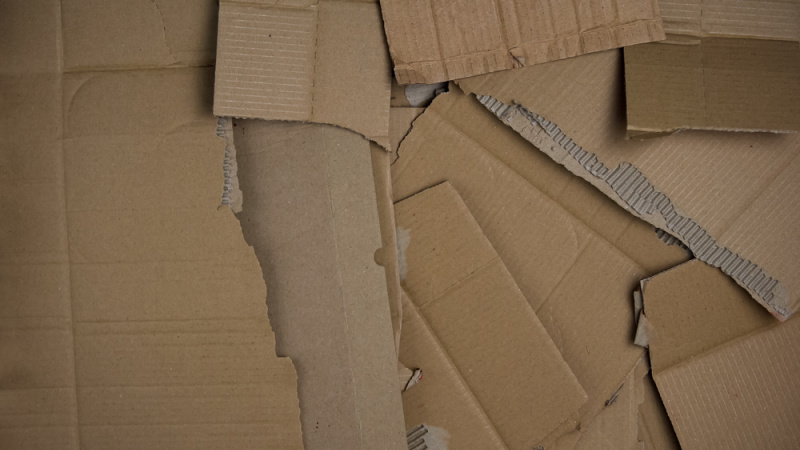
This post on the hazards of using cardboard in your garden is a public service, not a debate on whether anyone found it effective. Many will say they used cardboard to smother weeds and start new beds with success, which some feel is better than tilling.
But is it better? How can it be bad when a popular YouTuber uses it? I have even seen articles on extension websites sharing this method. But do any of them address the potential negatives?
If you wish to use cardboard in your garden then by all means go ahead. But do it from an educated standpoint and when reading, keep an open mind to all the variables!
While the intentions behind using cardboard as mulch are commendable, there are several reasons why using cardboard in the garden may not be the ideal organic solution it is purported to be.
Slow Decomposition
Decomposition rates can differ widely by location. Different types of cardboard and how many layers are used can be one reason for slower decomposition.
Your local climate, moisture content, soil type, and air temperature can all play a part.
Cardboard can take a considerable amount of time to break down. This slow decomposition process can hinder the natural nutrient cycling in the soil, making it challenging for plants to access essential elements.
As a result, the cardboard may act as a barrier, preventing the organic matter from integrating into the soil and potentially impacting healthy plant growth.
For every story of how one gardener found it helpful you will find as many or more who had issues and dead plants instead.
Related: Why I Stopped Using Cardboard in my Garden Prep
You will want to be sure not to use wax coated or otherwise treated to be smooth or have any writing or designs on it. (dyes can be toxic)
Note: Cardboard slip sheets are typically coated to make them more water-resistant and smooth.
Many that have been showing how they used the cardboard method often are using shipping boxes. Why not? They are free.
There are some important questions you will need to ask before using them on your precious garden soil!
Stop Fertilizing Feed Your Soil Instead!
Why do we need to learn how to feed soil instead of fertilizing it? Today we will touch on a few things about a better way to garden for the environment and our budget!
Affect on Soil Structure
Cardboard can alter the soil structure, especially if it’s not properly broken down. In some cases, it may create a compacted layer that restricts water infiltration and root growth.
This can lead to drainage issues and negatively impact the overall health of your garden soil.
Some will poke holes in the cardboard layer but more on why that may be counterintuitive later.
Potential for Contaminants
Cardboard is often treated with various chemicals during the manufacturing process. While some cardboard is labeled as safe for garden use, others may contain treatments to waterproof or smooth and contain inks, dyes, or adhesives that can introduce harmful substances into the soil.
These contaminants may leach into the ground, posing a risk to your soil health. As an organic gardener, who is trying wants lessen chemicals in my garden, I don’t want to add things that may contain them.
Ask yourself, do you know where that box you intend to use has been manufactured and what it was made from? Not all cardboard containers are the same.
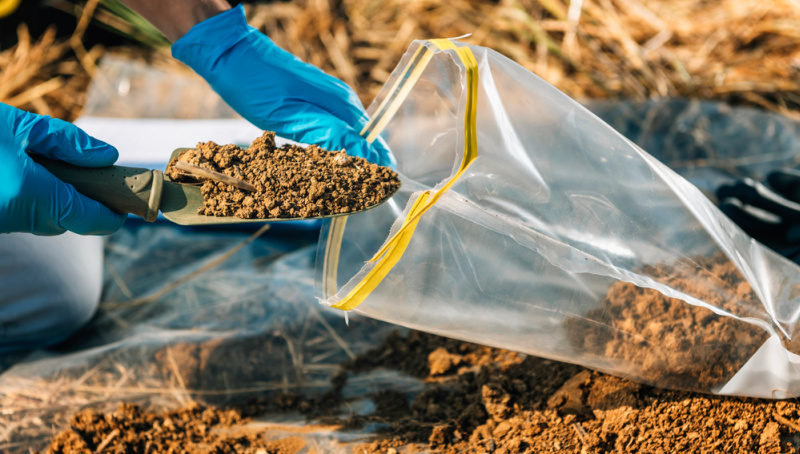
Note: If you do use the cardboard method, do a soil test before and after to find out what has happened in your soil or what may have been introduced.
Weed Control Challenges
While cardboard can initially suppress weeds, once it breaks down it can eventually lead to a resurgence of weed growth.
In the meantime, persistent weeds may find a way to grow through the cardboard or around its edges, making it less effective as a long-term weed control solution.
Or if you poke holes in the cardboard to plant in, the weeds will come up through those holes.
Some claim that it will kill out Bermuda grass, a noxious weed indeed. But I found that it did not work at all, not even close.
Bermuda and bindweed rhizomes can live without light for several years, as can the seeds. Seeds can lie dormant for up to 20 years! I know for a fact that Bermuda can dive 15 feet deep into the soil and bindweed is not far behind.
Limited Air Circulation
Cardboard can limit air circulation in the soil. This lack of aeration may contribute to the growth of anaerobic microorganisms, potentially leading to undesirable soil conditions like compaction and less oxygen for your plants.
This may be short lived but still something to note.
What about all the Worms?
Many claim to find many more worms when lifting any cardboard than in other places in the garden and come to the conclusion that it must mean they like the cardboard cover.
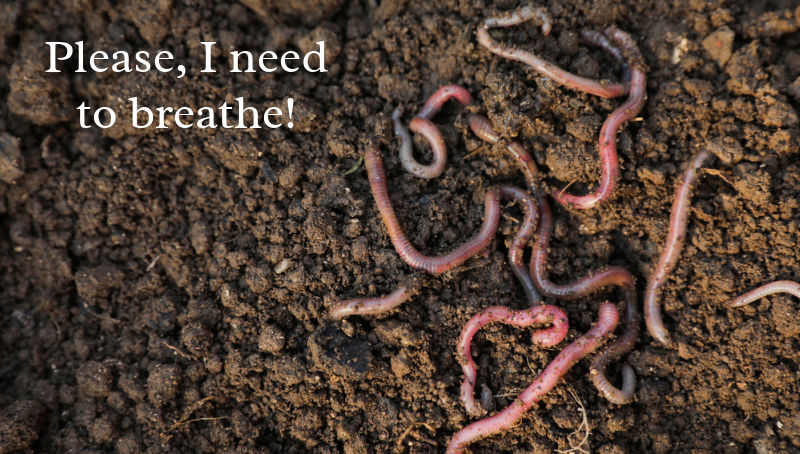
But if you are familiar with worm behavior you will remember that worms come to the surface during heavy rain storms. This is because the oxygen availability in waterlogged soil is lower and they come up to survive.
So rather than them liking it, you are smothering their habitat and they are surfacing to get air.
Clip from article from University of Saskatchewan:
No cardboard! One reason we do not recommend using cardboard on top of soil in outdoor gardens is because cardboard takes a long time to break down which prevents the entry of oxygen into the soil beneath it. (For example: “lasagne gardening” where layers of organic matter is sandwiched between layers of cardboard.) Earthworms are often observed under cardboard layers, with the mistaken belief that the lasagne gardening method is helping the worms, when in fact, it is not. Earthworms need oxygen to live, so they migrate upward in search of air but are stopped by the cardboard layer. Deprived of oxygen, the worms die. Similarly, plant roots also need oxygen for the plants to thrive. If you are layering plant material to help it decompose, leave out the cardboard!
What About Using Cardboard in My Compost Pile or Bin?
Many of the above concerns still apply to whether or not you want to use cardboard boxes in your compost.
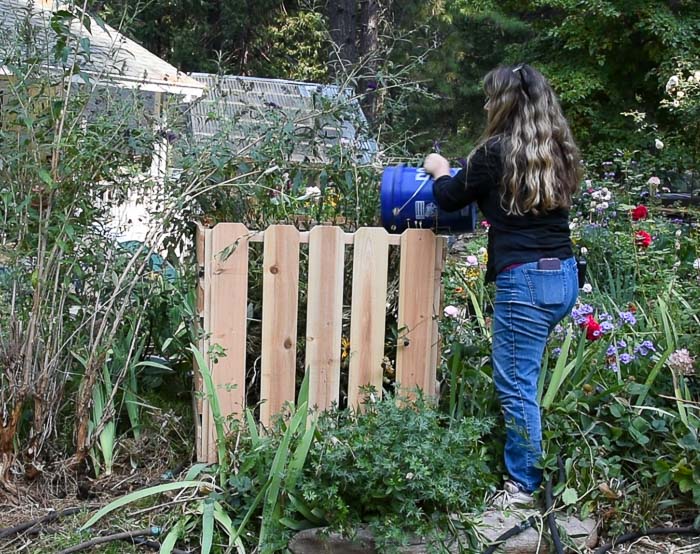
Does it contain contaminants? Do you know what or where it was made? Does it have ink or dyes for logos or writing on it?
Your compost will need to get very hot to eliminate any toxins that the cardboard may contain, I know mine does not stay hot enough long enough to do the job.
I have found that cardboard takes a long time to break down even in my compost bin. Maybe I didn’t shred it enough. (that alone is labor intensive) Or, maybe I didn’t keep it wet enough.
However, it is known that paper and cardboard products take a long time to compost because of high lignin content. This proved to be true for me.
Yet everything else broke down. So for me, it is more work than I want to compost the cardboard. We have a wonderful recycling dumpster at our local dump that we just toss them into and that is so much easier than tearing it to bits to try and compost it.
I admit, I am a lazy gardener!
Conclusion
So to sum this up, while using cardboard in the garden might seem like an eco-friendly and cost-efficient solution, it’s essential to consider the potential drawbacks.
Slow decomposition, impact on soil structure, the risk of contaminants, weed control challenges, and limited air circulation are all factors that gardeners should weigh when deciding whether or not to incorporate cardboard into their gardening practices.
Those who claim it has helped their soil never share that they had the soil tested and what contaminants it may now contain.
Instead, alternative mulching materials like straw, wood chips, or compost can provide effective and sustainable solutions without the potential downsides associated with cardboard.
The use of cardboard in the garden has not had much research, but what has been done so far is leaning towards it not being as positive as everyone thinks it is.
More great articles on Using Cardboard in the Garden
